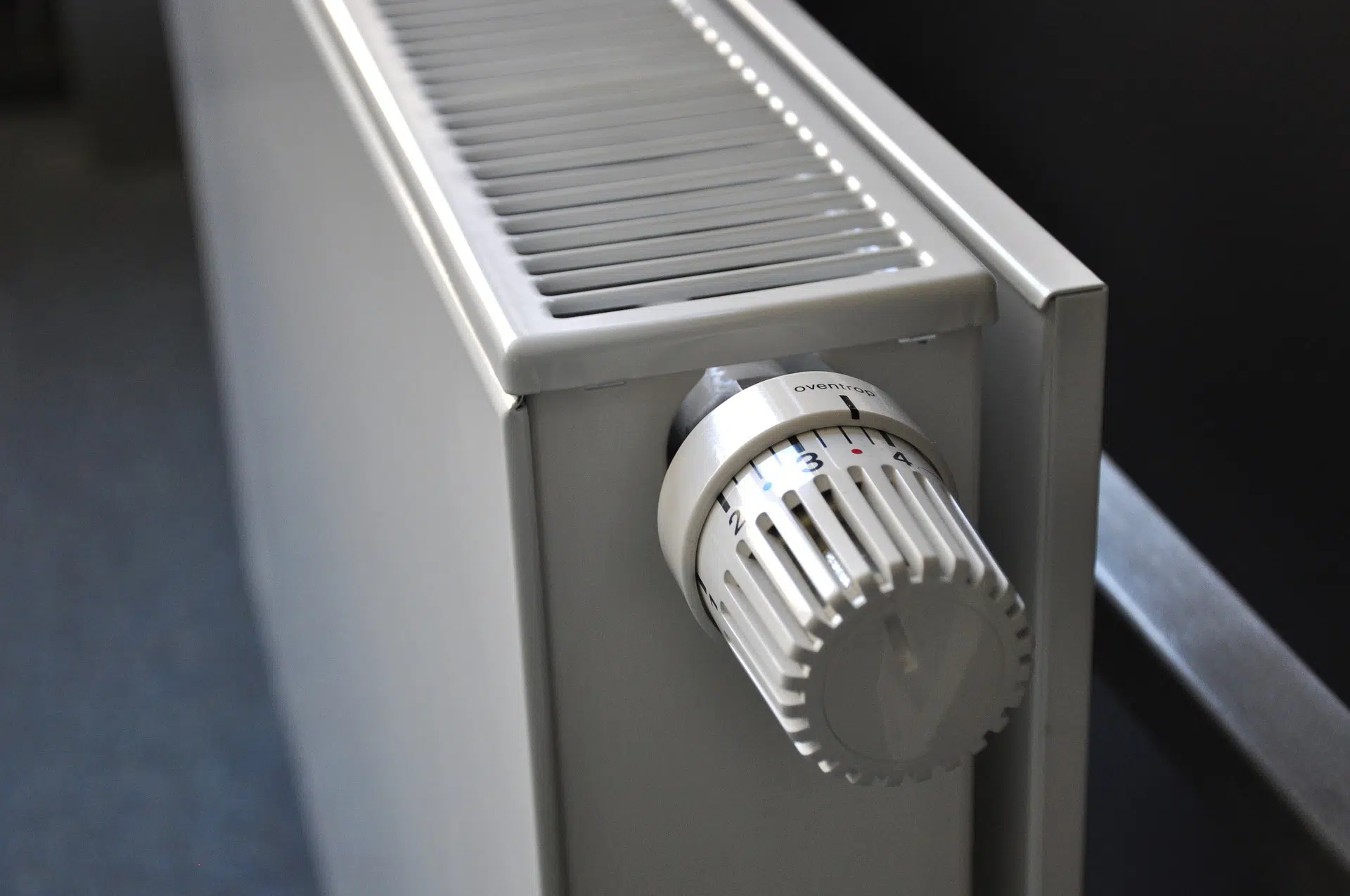TL;DR: How to Size a Furnace for Your HomeIf you want to know how to size a furnace for your home, calculate your square footage, multiply by the recommended BTUs for your climate zone, and adjust for efficiency. This ensures balanced heating, lower bills, and longer furnace life. |
Maintaining a warm, comfortable home in winter depends on having the right furnace size—not too big, not too small. If you’ve wondered how to size a furnace for your home, the process involves calculating square footage, considering your climate zone, and matching BTU output with your home’s needs. In this guide, we’ll explain the steps to get accurate sizing, highlight common mistakes, and show why proper sizing ensures comfort, efficiency, and longer system life.
But for you to achieve this, you need the right furnace—both in size and efficiency. If you install the wrong furnace size in your home, you certainly won’t have the comfort you seek. For instance, a small furnace won’t provide enough heating, while a furnace that’s too large can lead to unnecessarily high energy bills.
This means you must know how to size a furnace before making that crucial purchase decision. So, how do you do it?
Best Steps to Size a Furnace for Your Home
If you are wondering how to size a furnace for your home, here are three steps to follow.
-
Determine your climate.
In Arkansas, winters aren’t as harsh as in some other states. Whereas states like North Dakota experience temperatures as low as 2°F, Arkansas temperatures rarely go below 20°F.
How does this relate to your furnace size? Colder climates require more heat to keep the house warm than relatively warmer climates. This means you need a furnace with more heating capacity in colder winters. In areas with milder winters, your furnace doesn’t have to run as often.
The table below shows the typical BTU (British thermal unit) range per square foot for different climate zones.
Climate Zone Avg. Minimum Temperature BTUs per Square Foot Savanna, Desert, and Subtropical 42°F 30–35 Mediterranean 59°F 35–40 Oceanic & Humid Continental 32°F 40–45 Semi-Arid & Humid Continental 32–26.6°F 45–50 Alpine & Humid Continental 18°F 50–60 The takeaway: colder climates generally require larger furnaces. Choose a furnace size that fits your local conditions.
-
Size for your home’s square footage.
Your home’s size is directly proportional to the furnace capacity you need. The larger the space, the higher the BTU output required to heat it efficiently without straining the equipment.
You can find square footage on your home’s appraisal, listing, or lease. If not available, measure each room’s length and width and total the areas.
This step helps you determine the ideal gas furnace size per square foot and avoid units that are too small or too large.
-
Establish the ideal BTU output (and adjust for efficiency).
Multiply the BTUs recommended for your climate by your home’s square footage. For example, if you live in a Mediterranean climate that requires around 40 BTUs per square foot and your house is around 22,000 ft2, then:
40 BTUs × 22,000 ft² = 880,000 BTU outputThat means you’d target a furnace producing ~88,000 BTUs (when expressed in thousands). But furnaces aren’t 100% efficient, so adjust for AFUE. If an 80%-efficient furnace is considered, you’d need additional capacity to cover the 20% loss—about a 110,000 BTU unit in this example.
If you’re not comfortable with the math, a qualified HVAC expert can perform a detailed load calculation.
Problems of an Oversized Furnace
“Bigger is better” doesn’t apply to furnaces. Common issues include:
- Uneven temperatures: Oversized units heat in short bursts, creating hot and cold spots.
- Short cycling: Frequent on/off cycles waste energy and increase wear (learn more).
- Shorter lifespan: Extra stress accelerates component failure.
- Higher costs: More repairs and higher energy usage over time.
Bottom line: choose the right size for consistent comfort and efficiency.
Problems with an Undersized Furnace
An undersized unit brings its own headaches:
- Insufficient heating: It may never reach setpoint, reducing comfort (see tips).
- High energy bills: Running nonstop to catch up increases consumption.
- Premature wear: Continuous operation shortens equipment life.
To get the best performance and cost control, size your furnace correctly from the start.
How to Size a Furnace for Your Home: FAQs
How do I calculate what size furnace I need?
The basic method is multiplying your home’s square footage by the recommended BTUs per square foot for your climate zone, then adjusting for furnace efficiency (AFUE).
Why does climate affect furnace sizing?
Colder regions require more BTUs per square foot to maintain indoor comfort, while milder climates need less heating power.
What happens if my furnace is too large?
Oversized units short cycle, cause uneven heating, raise energy bills, and wear out faster.
What if my furnace is too small?
It struggles to heat effectively and runs constantly, leading to higher bills and reduced comfort.
Should I call a professional to size my furnace?
Yes. HVAC technicians use detailed load calculations (e.g., Manual J) to size with maximum accuracy and efficiency.

